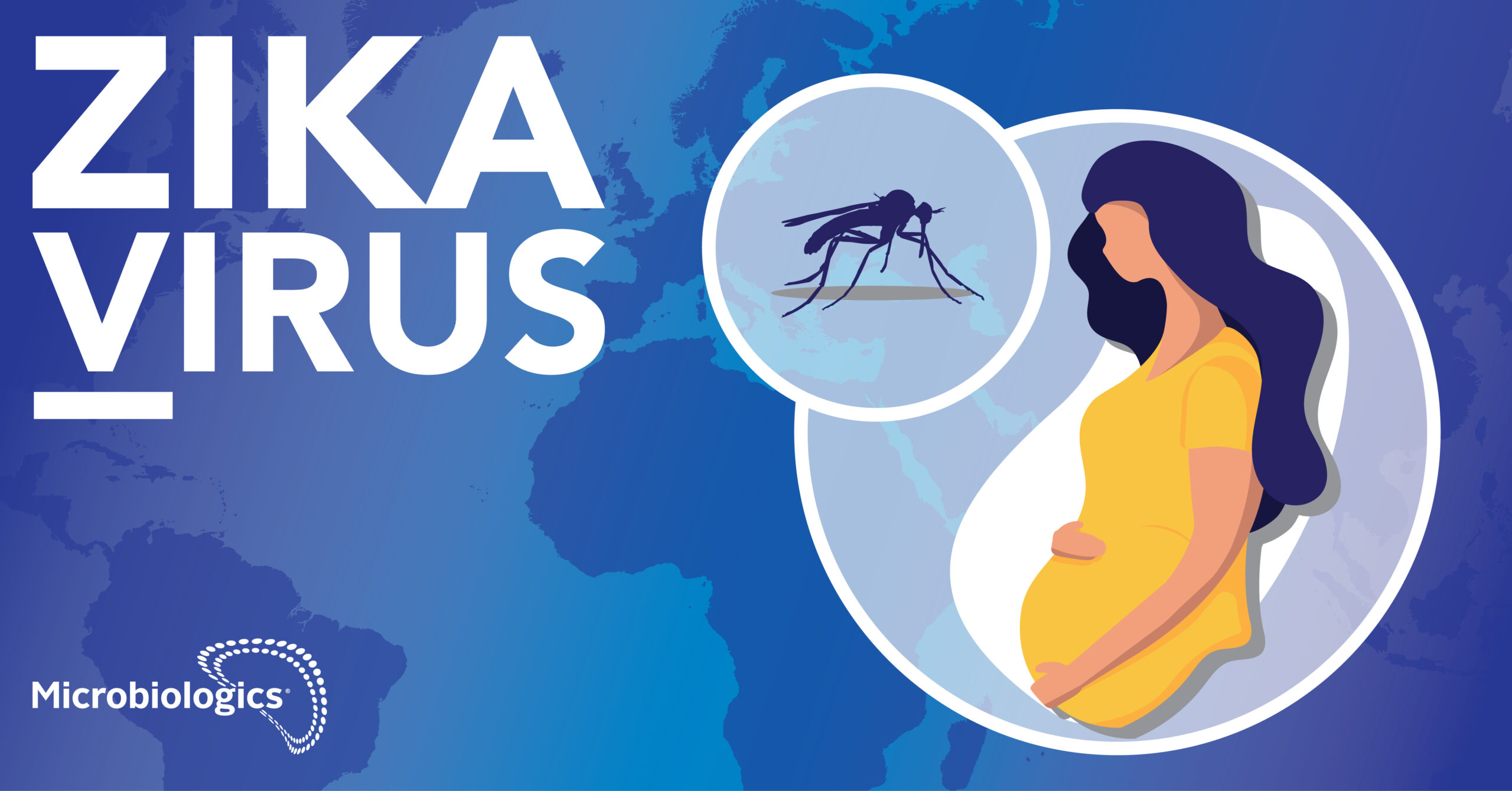Although it is largely forgotten today, just five years before the Coronavirus Pandemic, the Zika virus was making headlines. In early 2016, the World Health Organization declared the Zika epidemic a public health emergency, as evidence mounted that the Zika virus could cause brain anomalies in fetuses infected in utero, such as microcephaly, a condition resulting in reduced skull and brain development. The WHO warned that the Zika virus, primarily spread by the Aedes aegypti mosquito, could also be sexually transmitted by carriers with no signs or knowledge of infection. Several countries issued travel warnings. A number of countries took the unprecedented step of advising women to delay pregnancy.
Previously confirmed only in the Eastern Hemisphere, the Zika virus is suspected to have appeared in Brazil in 2014 or perhaps as early as 2013. By 2016, most countries in the Western Hemisphere had reported cases.
Then, seemingly as fast, it disappeared from the news. The reported cases dropped off precipitously. By the end of 2016, the WHO had declared an end to the Zika epidemic.
Yet, even though Zika has faded from the public imagination, it has not disappeared. No approved vaccines or therapies exist for the Zika virus. Most cases are never detected and therefore never reported. In Western countries, most of the cases reported since 2016 have been associated with travel to tropical areas with conditions favorable to transmission.
For the reasons outlined below, accurate Zika virus testing is important before the next outbreak occurs, rather than after.
Why accurate Zika virus testing is important (and challenging)
Mild or asymptomatic cases
Most Zika infections produce mild symptoms or no symptoms. Many who are infected never seek medical attention. Only about 20% of cases result in “Zika fever” to suggest the possibility of a viral infection.
In adults, infections can result in Guillain–Barré syndrome, an autoimmune response that results in rapid-onset weakness. Since Zika infections may be mild and undiagnosed, no data exists to demonstrate what percent of Guillain–Barré syndrome cases are connected to Zika infections.
Similar symptomology
Zika infection may produce the following symptoms: fever, headache, rash, joint pain, conjunctivitis, and muscle pain. These symptoms are similar to those of other viruses in the Flaviviridae family, including Yellow fever, West Nile, and Dengue. Many of these Flaviviridae viruses are endemic to the same regions as Zika. The symptoms of Zika infection also resemble those of Chikungunya Virus, a member of the Togaviridae virus family common to South America, Africa, and South Asia. Combined with the mildness of symptoms, the overlapping symptomology can lead to a low testing rate and high misdiagnosis rate. Like Zika, Dengue and Chikungunya are transmitted by the Aedes aegypti mosquito and are endemic to much of South America and other regions throughout the world.
Similar antibodies
Serological testing may be unable to distinguish Zika antibodies from Dengue antibodies, or whether the infection is current, since antibodies may remain present for years. A doctor may order a molecular blood test or urine test to determine if the Zika virus is active in the patient’s body.
Cyclical infection patterns
Zika may exhibit cyclical infection patterns like Dengue, Chikungunya, and other vector transmitted infections, in which periods of rapid decline follow periods of rapid escalation. Local populations may develop herd immunity, causing infection rates to decline for an extended period of time following an outbreak.
Unpredictable factors
Vector transmitted disease infection rates may change dramatically with weather patterns (which affect the mosquito population), travel behaviors, and many other unpredictable factors.
Accurate Zika Testing
These factors demonstrate the many ways that Zika may be misdiagnosed or undiagnosed altogether. Because Zika remains a public concern (though not a public health emergency) accurate testing is critical to understand current infection rates and monitor the status of the virus worldwide.
Zika test methods
Since Zika cannot be accurately diagnosed as a current infection based on antibodies, a nucleic acid test is the most effective means of detecting active infections. A doctor may order a blood or urine test. According to the World Health Organization, a nucleic acid test should be administered within seven days of the onset of symptoms. Beyond the seven day window, the chances of false negatives for nucleic acid tests may increase. In such cases, serology tests may be able to determine whether the patient had been infected.
Ensuring accuracy with Zika virus controls
At Microbiologics, We Create Confidence in Science with industry-leading microbial controls for molecular and traditional culture-based clinical diagnostics. The Microbiologics IVD Zika Virus control simplifies QC with an easy-to-use format. Each kit contains inactivated lyophilized pellets which can be stored at room temperature. Simply rehydrate the lyophilized pellet with the appropriate buffer and you are ready to go! This full process control can be used to validate an entire molecular assay procedure from nucleic acid extraction to target detection.
Sources
Cohen, J. “Zika has all but disappeared in the Americas. Why?” Science. Aug. 16, 2017. https://www.sciencemag.org/news/2017/08/zika-has-all-disappeared-americas-why
“Zika virus disease.” World Health Organization. https://www.who.int/health-topics/zika-virus-disease.
“Zika Virus.” Center for Disease Control. https://www.cdc.gov/zika/index.html.






0 Comments